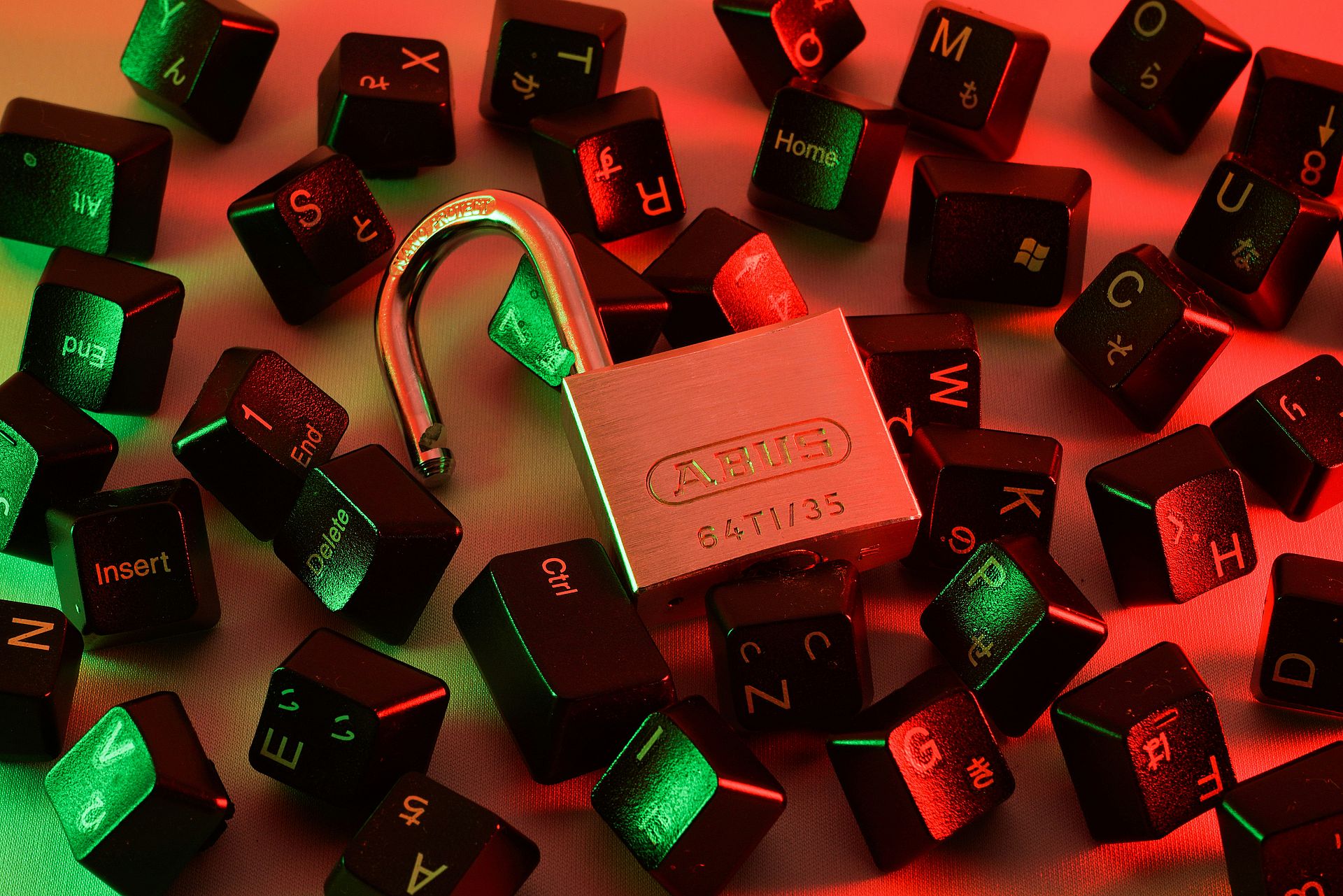In Counter-Strike 2 (CS2), the VAC system utilizes AI and machine learning to identify and ban cheaters, promoting fair play. Imagine entering a game where the competition is purely based on skill and strategy, free from unfair advantages. In the dynamic realm of online gaming, this concept is increasingly becoming tangible, with Counter-Strike 2’s VAC system employing artificial intelligence (AI) and machine learning to ensure equitable gameplay.
As pioneers in combatting cheating within games, Valve Corporation has consistently led efforts with their robust VAC system, an enduring symbol of their commitment that has grown more sophisticated alongside emerging methods of deceit.
By integrating AI and machine conversion learning into its framework, the VAC now efficiently identifies cheats while safeguarding a fairer competitive environment for players’ experiences. Throughout this post, we will Unpack how AI transforms the capabilities of Valve’s anti-cheating tools in ways that make it incredibly challenging for cheaters to avoid detection—exploring what this means for competitive play moving forward.
Understanding the VAC system of CS2: Ensuring fair play and security
Valve introduced the VAC system in 2002 along with Counter-Strike, initially imposing only 24-hour bans on players caught cheating. As time passed, this approach was fortified. Valve increased ban lengths to more rigorously combat cheaters and uphold integrity within the game.
By 2005, an improved iteration known as VAC2 emerged. It boasted enhanced capabilities for identifying sophisticated cheats by scrutinizing game files while you are playing, using your CS2 crosshair and other commands—a significant step forward. It also detected OpenGL cheats and those using altered CD keys. This underscored Valve’s dedication to fostering a fair gaming atmosphere.
Today’s version of Counter-Strike employs an even more advanced VAC system that vigilantly monitors play and adeptly counters cheating attempts. Valve’s ongoing efforts ensure that players engage in matches without fear of unfair advantages being exploited by cheaters, preserving a secure competitive environment where skill determines success.
The evolution of VAC (Valve Anti-Cheat) system
The VAC system began its mission to counter cheating in Counter-Strike in 2002, taking a decisive stance against cheaters. Upon detecting cheats, the system would only enforce temporary 24-hour bans.

However, as cheaters became more clever, VAC also had to adapt. Thus, in 2005, VAC2 was introduced. This upgraded version boasted improved capabilities for sniffing out an expanded spectrum of cheats, such as those involving OpenGL and CD essential alterations.
Valve’s resolve to curb cheating has been unwavering throughout the years. The company constantly hones the VAC system to respond swiftly to emerging threats while safeguarding gameplay integrity.
In October 2023, Valve’s dedication was put into sharp relief when an AMD driver update caused a false detection incident that mistakenly targeted certain users—a stark reminder of how intricate effective cheat prevention can be and Valve’s unrelenting vigilance.
How VAC works in Counter-Strike 2
The VAC system vigilantly patrols to uncover any cheats on users’ systems. It seeks unique identifiers of cheating software, such as alterations to the core game executable and dynamic link libraries.
Once a cheat is found, the user is banned from participating in games hosted on servers safeguarded by VAC, ensuring they can no longer disrupt the balanced playing field.
A major enhancement within the Vasc technology toolkit includes VACNet. This AI-powered component operates on the server side with several objectives.
- Observing potentially dubious behavior
- Compiling comprehensive data before implementing group bans
- Evaluating patterns of player conduct
- Identifying irregularities
Such innovation has significantly improved accuracy and efficiency in identifying cheaters through these technologies.
Counter-Strike 2 (CS2) is an enhanced version of its predecessor, CS1. Integrating both automated detection and sophisticated AI analysis via Vac ensures quick pinpointing and exclusion of those who attempt unfair play, thereby protecting wholesome gameplay integrity.
Together, these methods offer players assurance that they can engage in fair competition without undue interference from dishonest participants.
Integration of artificial intelligence in VAC
In February 2017, Valve started integrating machine learning into its cheat detection strategies for CS2, and the official announcement of VACNet was made in March 2018.
Introducing AI into the VAC system marked a significant leap forward in combating cheating. With its advanced detection methods, AI can identify and prevent sophisticated cheats like aimbots and wall hacks, which traditional methods might miss.
Further enhancing its AI capabilities stands as the future of VAC. Machine learning algorithms are expected to play a more significant role, allowing for more precise identification of cheating patterns and behaviors. This continuous improvement ensures the VAC system remains a formidable guardian of fair play in CS2.
Neural networks and behavioral analysis
Neural networks, also known as neural networks, are at the heart of VACNet’s cheat detection capabilities. By analyzing vast amounts of data, these networks can identify various cheat features and continuously improve their detection accuracy. This process involves learning from collected data to recognize patterns indicative of cheating.
Behavioral analysis further enhances VACNet’s effectiveness. By scrutinizing player actions and identifying anomalies, the system can detect cheating behaviors that might go unnoticed. Valve’s approach of collecting extensive data ensures that the neural networks powering VACNet are constantly learning and improving, making cheat detection more precise and reliable.
Real-time cheat detection: A game changer
The introduction of real-time cheat detection capabilities is set to revolutionize the VAC system. Recent updates to VACNet enable it to monitor game variables and data in real-time, allowing for the instant identification and removal of cheaters. This capability is a game-changer, significantly enhancing the overall gameplay experience by ensuring that cheaters are swiftly dealt with.

Imagine playing a game where cheating is virtually impossible, as any cheater will be instantly detected and removed. This not only preserves the integrity of the game but also enhances the enjoyment and competitiveness of all players.
The introduction of real-time cheat detection affirms Valve’s commitment to providing a fair and secure gaming environment.
Challenges in developing an AI-powered VAC system
Creating an AI-driven VAC (Valve Anti-Cheat) system presents several hurdles. A significant problem is the potential for false positives, which occur when lawful applications or actions are incorrectly identified as cheats. Such errors can cause player dissatisfaction and damage the game’s reputation if not adequately addressed.
Valve has dedicated substantial efforts to amass a large dataset of identified cheats before implementing bans to minimize instances of false positives. Their rigorous method emphasizes their dedication to achieving precise cheat detection while protecting legitimate players from unwarranted sanctions.
Valve’s commitment to fair gameplay
Valve’s commitment to fair gameplay is steady and unwavering. By continually refining their anti-cheat systems, they ensure that the gaming environment remains fair and competitive. VAC bans are permanent and non-negotiable, preventing cheaters from returning to the game through Steam Support. This strict stance underscores Valve’s dedication to combating cheating and preserving the integrity of Counter-Strike.
Moreover, Valve employs strategies such as:
- Matching cheaters against each other to minimize their impact on regular players
- Implementing a reporting system for players to report cheatersü
- Regularly updating their anti-cheat software to stay ahead of new cheating methods
This approach deters cheating and reinforces the consequences of undesirable behavior, creating a more inclusive and competitive environment that rewards skill and fair play.
Valve also educates the community on acceptable behavior, providing clear guidelines for fair play. This comprehensive approach ensures players know the expected standards, fostering a culture of fairness and respect within the game.
The future of VAC in Counter-Strike 2
CS2’s VAC system is poised for significant advancements in the future. In forthcoming updates, Valve contemplates adopting kernel-level anti-cheat measures to bolster cheat detection capabilities significantly. Such an enhancement marks a substantial leap in combatting cheating.
The evolution of VACNet will continue, sharpening its ability to identify cheats and uphold the game’s integrity. Valve’s continued dedication to enhancing VAC will protect fair play within CS2 as a formidable guardian against cheating activities.
Featured image credit: Philipp Katzenberger/Unsplash





